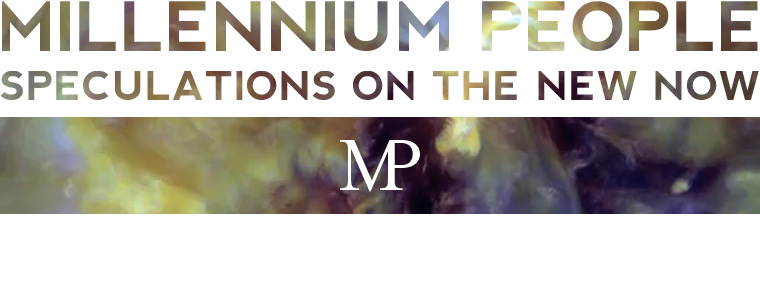
Apparently the world's best surf photographer: Clark Little.
Over the last three months or so I've been researching the idea of the 'open plan internet'. In the 19th century homes were designed in a hub and spoke manner – a central entry leading through corridors to rooms with single functions: bedrooms; bathrooms; dining rooms, etc. Robin Evans explained how the relationship between these rooms was highly limited, most rooms only had one door, or, in exceptional cases, two (kitchen/dining, for example). The open plan rooms of the 20th century, rather than being simply the sum of the older rooms, became a new and different type of space. There was a spatial gestalt effect.
The Web: today the internet is comprised of monofunctional internet programs or sites connected in fairly linear ways: e-mail; social networking; chat and phone programs; video and image sharing, etc. Youtube, Myspace, Facebook, Gmail, Hotmail, Skype, MSN Messenger (if anyone still uses it), Flickr, Picasa, are all examples of 'rooms' on the internet. These were either created by one of the two internet giants (Yahoo/Google – Goohoo as I call them) or quickly absorbed into their families. The clan-like collection of these sites was the first step towards the 'open plan internet' – an internet that will be other than the sum of the applications and sites that make it up. A digital gestalt.
Today I joined Google Wave (many thanks to Will Wiles), which is what I would consider to be the first open-plan web browsing application. It differs from previous feed amalgamation programs (where you can view twitter and facebook at the same time, for example) in the same way that putting a doorway between the dining and kitchen is not the same as knocking down all the walls to make an open space.
In what looks like an e-mail window, the user can 'start a new wave' and then add to it using 'blips'. The only way I can think to describe a wave is like a massive, informal, wikipedia page, or possibly a blog: it can contain chats, videos, images, references to external sites, in both real-time (like googlechat or ICQ) and delayed-time (like hotmail or flickr). It seems at first like a mess. Especially when you consider that all the elements are editable, and all edits are saved and able to be reviewed. Imagine receiving an e-mail from a friend only to find that the next day the message has been changed. Unlike the world of 1984, for the moment the changes are traceable.
I think something should be said about the rise of real-time editing. The ability to doctor information (images, text, etc) as it is in the process of being created has far-reaching philosophical ramifications. There can be no 'original' – simply a series of second order simulations (or worse, a chain of simulacrums). More to folllow...

No comments:
Post a Comment